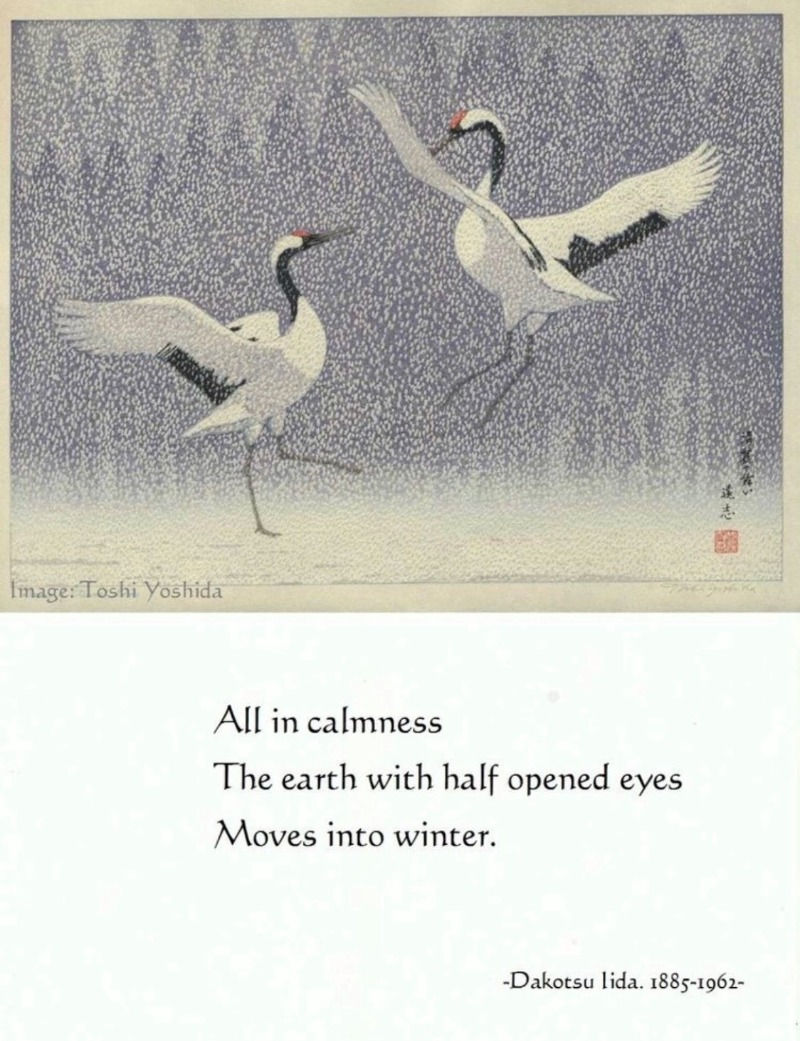Cupping Therapy…Athletes love it!
- sherriethorley
- Aug 13, 2021
- 2 min read
Updated: Jan 25, 2022

Cupping therapy seems quite popular with Olympic swimmers, we saw various competitors in the Tokyo games with dark circles on their bodies. This trend started with US swimmer Michael Phelps in Rio five years ago. But why? Here are my thoughts…
If you had been preparing for the Olympics for most of your life and then developed muscle stiffness and pain leading up to a race you would not want to use a drug treatment for fear of a drug test scandal, so why not use something that is drug free and nonintrusive? Systematic reviews on the effectiveness of cupping suggests it could be beneficial for muscle pain and strain. Swimmers are looking for a 100th of a second improvement, if cupping therapy can support that, why not use it, it might be the thing that makes all the difference.
What is cupping and what does it do? I treat by using plastic or glass cups on the skin, they hold in place by suction, and I take the air out with a manual sucker, which gives more control. The cup is left for up to 15mins and it can also be slightly released and moved in a stroking action which is very good for large muscle tightness, it is a little like massage, but the action is one of pulling not pushing encouraging the muscle to release and bringing blood to the area. These applications may result in local stretching and decreasing local stiffness. It is believed that the fresh blood supply may accelerate the elimination of metabolites, and this enhances recovery. A study published in The Journal of Traditional and Complimentary Medicine states there is converging evidence that cupping can induce comfort and relaxation on a systemic level and the resulting increase in endogenous opioid production in the brain leads to improved pain control. One such theory is known as the “pain-gate theory”, in which pain is inflicted so the brain “sends back the efferent, protective signal to the stimulated the perceived injured area”.
Cupping is commonly used globally with promising results on lower back pain, however, its efficacy is controversial due to a lack of high-quality studies evaluating the effects, mainly because studies have struggled giving the test group blind placebo treatment with no specific protocol.
Cupping therapy can be done as a stand-alone treatment, it can also be used in conjunction with an acupuncture treatment and has been used this way for many thousands of years. The picture shows cupping treatment signs on Kyle Chalmers, Australian Silver Medalist and the Japanese swimmer Akira Namba. These athletes have used the form of cupping as I have described, known as dry cupping.
References
Bridgett R. et al, Effects of cupping therapy in amateur and professional athletes: Systematic review of randomized controlled trials, The Journal of Alternative and Complementary Medicine 24(3) (2018) 208-219
Abdullah M.N. et al, The medical perspective of cupping therapy: Effects and mechanisms of action, Complement Med. 2019 Apr; 9(2): 90–97. Published online 2018 Apr 30. doi: 10.1016/j.jtcme.2018.03.003
Sources
Sixty Seconds on Cupping, BMJ 2021:374, https://doi.org/10.1136/bmj.n1919 (Published 30 July 2021)






Comments